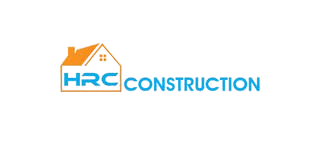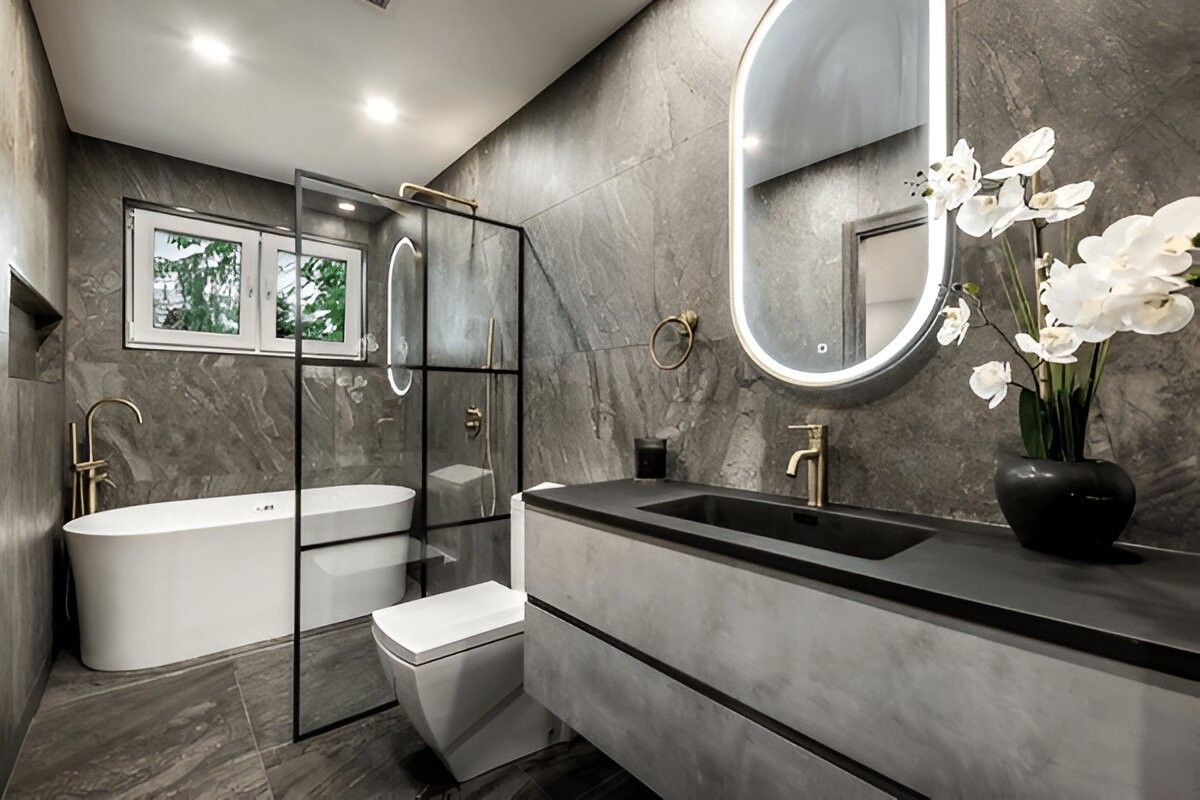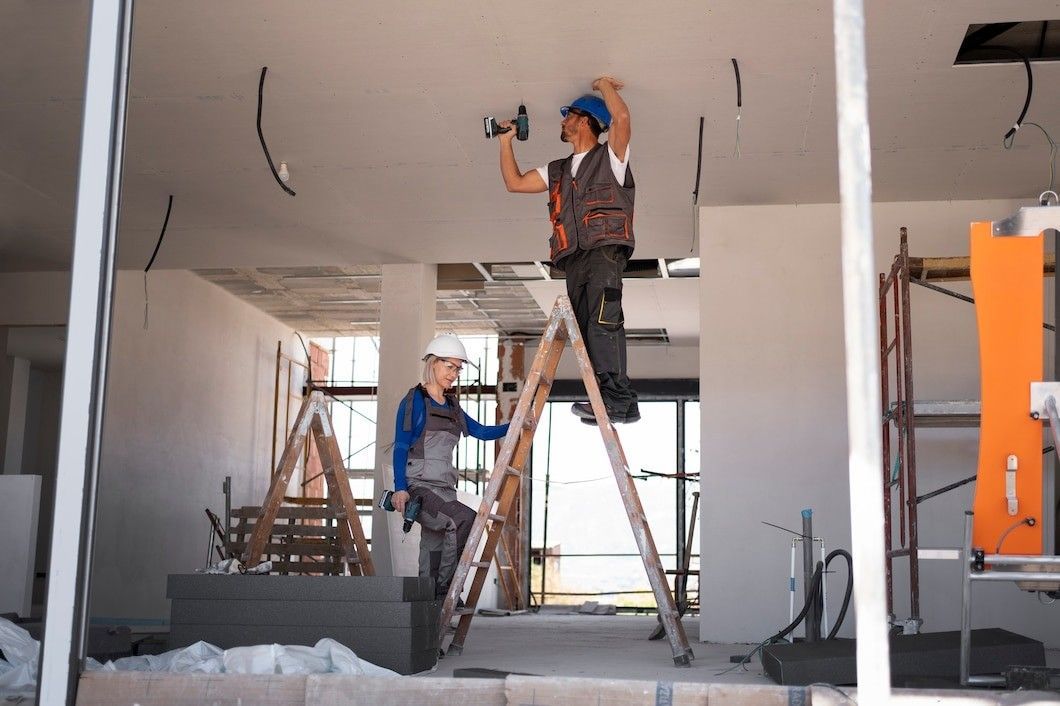Homeowners often imagine that remodeling a small bathroom—one that is about 50 square feet or less—will be much quicker, much easier, and much less expensive than remodeling a large bathroom. And they are often surprised to find that it’s only a little bit quicker, a little bit easier, and a little bit less expensive. The reason? A small bathroom has most of the same elements as a large bathroom and remodeling requires assistance from the same in-demand professionals as does a large bathroom. The reality is that a 50 square foot bathroom may be one-third the size of a large 150-square-foot bath, but it typically costs about 75 percent of a large bath in terms of time, money, and effort.
Still, there are ways to make your small bathroom remodeling job a little quicker and less costly.
Planning Considerations
Bathrooms can be categorized as one of three types, regardless of size. Recognizing the type of bathroom you have will help you be realistic in your planning.
- Powder room : Larger homes often have a powder room, or half-bath, that has little more than a sink, toilet, and a door for privacy. It is a convenience bathroom used by family members and guests when they have no need for the amenities of a full bathroom. The small size and a limited number of fixtures mean that a powder room can be remodeled fairly quickly, but because it is a secondary bathroom, it also means that you can take your time since there is at least one other bathroom that can fill during remodeling.
- Full bathroom : This is any bathroom with a full range of amenities—toilet, vanity, sink, and tub/shower. It is a bathroom that is normally used every day. In homes with two or more full bathrooms, one full bath may be designated as the master bath, with others are dedicated to one or more children. Full bathrooms get lots of use, which has an impact on the fixtures and materials you choose for it.
- Guest bathroom : This is a full-service bathroom, with sink, toilet, and shower or shower/tub combination, but one that is used sporadically when guests visit. In empty-nest homes, a kids’ full bathroom might be converted to a guest bath. Because guest baths get only occasional use, many people choose to use economy fixtures and materials, which can greatly cut costs. And because this is a secondary bathroom, you can take your time remodeling it, which also saves cost.
- Master bathroom : This is a full-service bathroom that you use on a daily basis. In homes with two or more full bathrooms, the term “master” usually designates the one used by the home’s owner on a daily basis. In homes with only one bathroom, that bathroom serves as the master bath, even if it is quite small. This is typically a fairly important room, one in which owners might spend a fair amount of money on quality, durable, and attractive fixtures and materials.
Along with defining the type of small bathroom, you’re remodeling, consider who will be using the bathroom.
- You : If your small bathroom happens to be your master bathroom, you use it for everything, from applying makeup to using the toilet to showering. You may want to splurge on storage cabinets and higher-end materials. After all, you will have to look at this bathroom at least twice a day for many years.
- Children : Small bathrooms for children may need to endure decades of use and abuse. Small kids need a bathtub; showers are useless. Floors are most important since little kids can flood bathroom floors with water simply by stepping out of the tub. Good durable fixtures and waterproof floors and walls are essential for bathrooms used by kids. Good storage is essential here, too.
- Overnight guests : If this bathroom is for overnight guests, you may want to skimp on the quality of materials. You will not need increased storage space for guests, either.
- Day guests : For a powder room, you need little more than a sink, toilet, and towel bar. The sink can even be a decorative sink—a vessel sink, for example—because guests’ only need is to wash their hands.
- Elderly or disabled : This special class of users may require additional or augmented features such as grab bars, lower counters, and no-slip flooring areas. If your small bath can accommodate it, a walk-in bathtub is a great aid for elderly or disabled persons.
Time Is Money
There is no way around it: it costs more to remodel quickly than it does to take your time. This is primarily because a quick remodel really requires a general contractor (GC) to coordinate the project with various subcontractors (plumbers, electricians, tiling contractors), and you are paying for the general contractor’s skill and experience. While it is possible for a homeowner to serve as his or her own general contractor—interviewing, hiring, supervising, and paying individual professionals to do their work in order—this is always a slower process than allowing a GC to coordinate his preferred subcontractors. Hiring your own subcontractors, though, can save you quite a bit of money, as you eliminate the time and overhead of the general contractor.
The cheapest route of all also typically the one that takes the most time: doing all or most of the work yourself. A very (very) skilled DIYer with plenty of time and a group of willing friends and helpers may be able to finish a bathroom remodel nearly as fast as a general contractor, but very few homeowners fall into that category. And there is the issue of quality: good contractors will do the job professionally, while many DIY installations will be recognizable as the work of an amateur.
While there are exceptions, the formula plays out true to form in most instances:
- Quick (hiring pros) is expensive.
- Inexpensive (DIY) is slow.
Pro vs. DIY. Or Both
The choice of whether to do the work yourself or to hire pros (a general contractor or managing your own subcontractors) will, of course, depend on your assessment of your own skills, but also on your budget and your time schedule. If you have limited DIY skills and the small bathroom is the only bathroom you have, then getting the remodel done quickly and correctly is worth the extra cost of hiring pros—even if it means taking out a loan to do it.
On the other hand, if your home has one or more additional bathrooms that can fill in, and if you have moderate to advanced DIY skills, then there is no reason you can’t take your time and do all or most of the work yourself. This route also has the advantage of giving you the time to find and buy all the materials for your bathroom, which can offer huge cost savings.
There are also contractors who are perfectly willing to split the work with energetic and skilled homeowners. You can, for example, offer to do all the demolition and painting/finishing work yourself, in exchange for a discounted bid from a general contractor. And if there are other tasks you are able and willing to take on, discuss this with your contractor. But make sure to discuss it upfront. Time is money for a general contractor, and he will not want his progress delayed while a homeowner dawdles over installing the ceramic tile floor, for example.
Choosing and Buying Materials
Bathroom contractors always provide you with a range of choices as you select materials and fixtures, but you can still expect to pay some markup on those materials. There is no better way to reduce costs than to do your research and look for discounted materials from online sources or local retailers who might be closing out last year’s product lines. If you have the time and a place to store materials, buying everything you need to remodel your small bath well in advance will make your remodeling job much cheaper and much faster.
Process Overview
A general overview of the remodeling process will help you determine where you can save time or money.
- Planning . Both DIY and contractor remodeling jobs depend on good up-front planning in order to control costs and keep things speedy. Some of the key elements include drawing plans (essential if your remodel will involve layout changes to the bathroom), obtaining building permits, signing contracts with any pros you will use and scheduling their time, and sourcing and ordering materials. A general contractor will do most of this work for you (which is why he costs more), but to save money, you can do all the planning work yourself.
- Demolition . All remodeling jobs start with tearing out and removing elements that will be replaced. Depending on the level of your remodeling job, this can be a simple matter of removing old fixtures and flooring, or as complicated as removing everything down to the wall studs and floor joists. Either way, this can be hard work but it is not difficult, and most homeowners can do this work themselves to save money. Most demolition can be done in a weekend. You will need to rent a roll-off dumpster or arrange for a disposal company to take away a pile of demolition debris.
- Framing rough-in . This refers to any structural framing work that is required. Low-level remodels may require no rough-in framing at all, while others may involve work like framing in a new shower stall. While some skills are involved, DIYers can usually do this work if they have moderately good carpentry skills. The framing rough-in may require an inspection to make sure the work is done correctly.
- Plumbing rough-in . The plumbing work is one area where DIYers should be cautious, as the results of a bad installation can be catastrophic. Very skilled DIYers can do their own plumbing (and save lots of money), but most DIY remodelers hire pros for the plumbing work. The plumber may make several visits over the course of the remodeling job—one reason why this is one of the more expensive components of the project. Two inspections are required: one at the rough-in phase, another after the final installation.
- Electrical rough-in . This is another task that should be left in the hands of pros unless you are one of the very few DIYers who are experts at it. A licensed electrician will run new circuits where required, install lighting and vent fans, and will arrange for the work to be inspected. Later, after the inspection is complete and the walls and ceilings are finished, the electrician will return to hook-up outlets, light fixtures, and fans. Two inspections are required: one at the rough-in phase, another after the final installation.
- Drywall installation . Most remodeling jobs will involve opening up at least some of the walls and ceilings, and after the plumbing and wiring rough-ins have been inspected and passed, a drywall pro or DIYer can then install and finish the drywall. This is somewhat tedious work, but it is well within the skill level of most DIYers. The money-savings here are modest, though, because professional drywall installation is not pricey.
- Tile and flooring . Ceramic tile can pose one of the more significant costs for a bathroom, both in terms of time and materials costs. Ceramic tile showers and floors are premium materials that many homeowners choose to leave to the pros for installation. Tile work can be difficult to get right for a DIYer, but the cost-saving rewards can substantial, as this is labor-intensive work. Other flooring options are considerably less expensive, as well as friendlier to DIY installation. Tile and flooring is one area where you can save money by doing your research and buying materials online or when product lines are being discontinued.
- Cabinetry . In most instances, vanities, vanities, and other wall cabinets are installed after walls and ceilings are finished but before the final plumbing fixtures are installed. This can be somewhat clumsy to do in a small bathroom where space is limited, but many DIYers can tackle it.
- Fixture hookup . The final step is for the plumber and electrician to return to install the various fixtures and make the plumbing and wiring connections. There is an inherent hazard with any plumbing and wiring work, but when pros have run the plumbing and wiring inside the walls, the final hookups are well within the skill range of experienced DIYers. Make sure, though, that the final installation is inspected.
10 Design Tips for Better Small Bathrooms
1. Use a corner sink. In very small bathrooms, a sink configured to fit in a corner can be a great space-saving option. Even pedestal sinks can be difficult to fit in very small bathrooms.
2. Use a shower curtain or sliding shower door. Shower doors that pivot on hinges may not work for small bathrooms. Instead, use a shower curtain or glass shower door that slides on tracks.
3. Choose a vanity with rounded corners. In tight spaces, vanities with sharp corners can be hazardous. A vanity with rounded corners can prevent bruised hips.
4. Extend the counter over the toilet. A little extra counter space created when the vanity counter extends over the adjacent toilet can be surprisingly effective.
5. Use large-scale patterns. Large squares, wide stripes, and other large patterns can fool the eye and make spaces seem larger.
6. Mirror the wall. In tight spaces, having a mirror occupy the entire wall behind the vanity can help two people to use it at once.
7. Mount the towel bar on the door. When space is limited, mounting a towel bar on the shower door or the back of the entry door keeps towels at easy reach.
8. Choose a trough sink. When mounted on a wall, the low profile of a trough sink frees up floor space for storage.
9. Use a vanity with open shelves. Open shelves offer storage without swinging doors that can get in the way in a small bathroom.
10. Use a wall-mounted faucet. Mounting a faucet on the wall allows for a smaller vanity, which helps free up space in a small bathroom.




